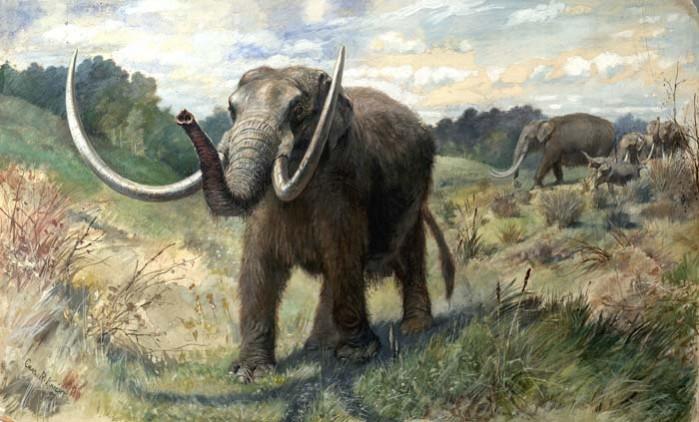
Three young boys have discovered a massive jaw bone belonging to a mastodon in a plowed land while exploring their family property in Mississippi during their spring break.
Brothers Shawn and Caid Sellers and cousin Michael Mahalitc initially thought it was a log, but then they noticed teeth on it. "It was heavy. I tried to lift it. We all (he, Shawn and Michael) tried to lift it." Caid said, as reported The Vicksburg Post.
The item was taken to the Mississippi Museum of Natural Science, where it was studied by the curator of paleontology George Phillips. "We're talking about a very mature individual," said Phillips, according to the news website.
"There'll never be another spring break like this one," Caid was quoted as saying.
What were mastodons?
Mastodons were prehistoric mammals related to woolly mammoths but were also very different from them.
Mastodons were covered in thick hair and had giant trunks and tusks. The upper tusks were long and had an upward curvature. There were short lower tusks present in males, but females lacked them, according to Encyclopedia Britannica.
Mastodons had grinding teeth. They were low-crowned, large, and strongly rooted.
Though these animals were shorter than modern elephants, they had a heavier build. They had smaller ears than modern-day elephants but a more elongated body. Their legs were short but massive and pillar-like.
Live Science reported that they first appeared between 27 million and 30 million years ago, primarily in North and Central America. These giants went extinct around 10,000 years ago. Though researchers are not sure why that happened, they consider climate change and hunting as primary reasons.

















